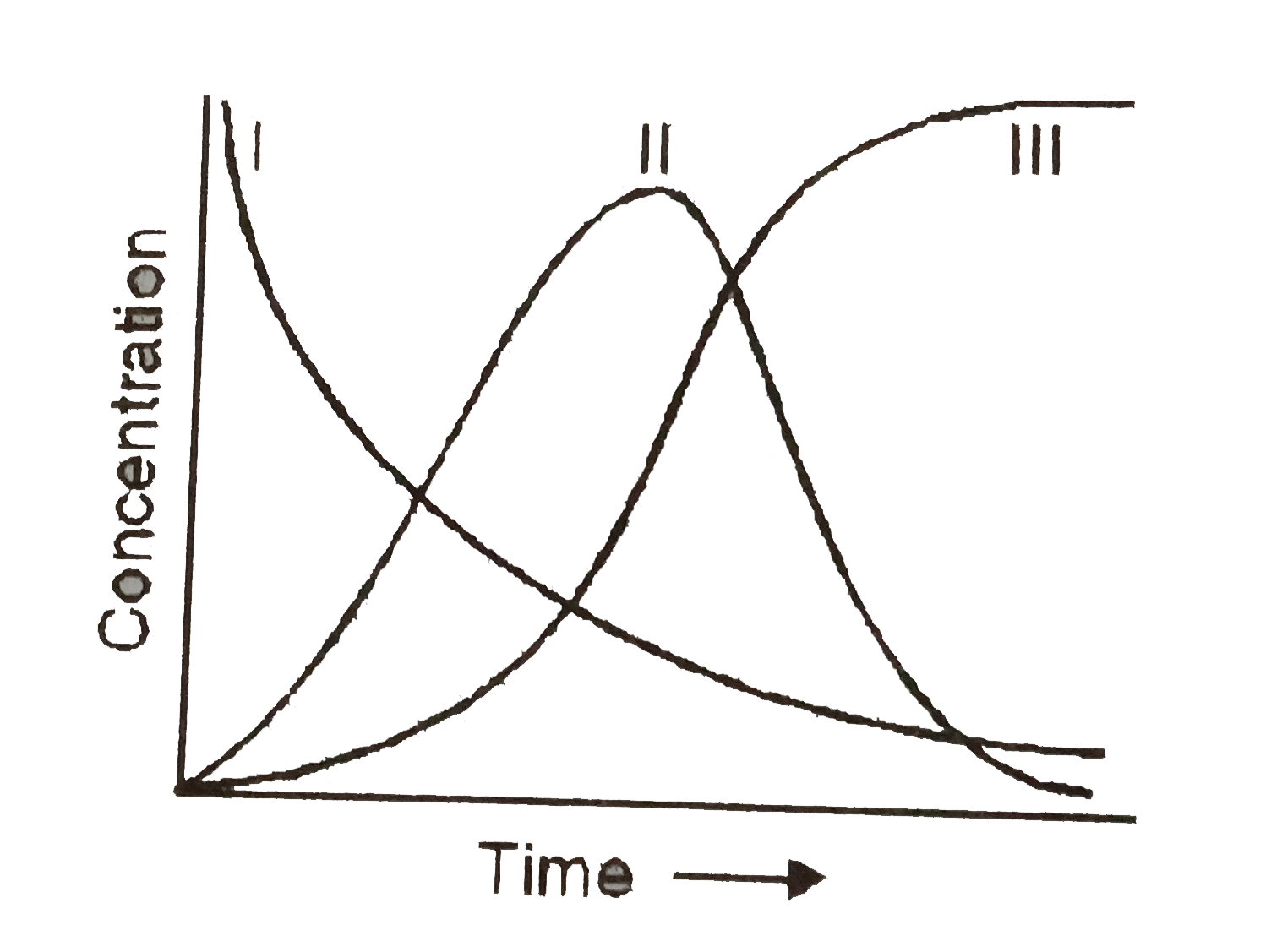A reaction takes place in two steps. The rates of the two elementary steps are given. On the basis of these, predict the rate of reaction with changes in concentration. Also the given units of rate constant are
2A(g)+B2(g)→2AB(g)→Overall reaction
A+B2→AB+B in the first step, r=3.2×104 mol L−1s−1
B+A→AB, in the second step , r=1.9×106 mol L−1s−1
(i) rate-determining step of a reaction
(ii) determination of rate law on the basis of stoichiometry of the rate-determining step
(iii) determination of change in rate of reaction with the change of concentration of the reactions from rate law
(iv) determination of the unit of rate constant from rate law
Topper's Solved these Questions
- CHEMICAL KINETICS AND EQUILIBRIUMBOOK - PEARSON IIT JEE FOUNDATIONCHAPTER - CHEMICAL KINETICS AND EQUILIBRIUMEXERCISE - Level 3
10 Videos
- CHEMICAL KINETICS AND EQUILIBRIUMBOOK - PEARSON IIT JEE FOUNDATIONCHAPTER - CHEMICAL KINETICS AND EQUILIBRIUMEXERCISE - Level 1
43 Videos
- ATOMIC STRUCTURE BOOK - PEARSON IIT JEE FOUNDATIONCHAPTER - ATOMIC STRUCTURE EXERCISE - LEVEL-3
8 Videos
- CHEMICAL BONDING BOOK - PEARSON IIT JEE FOUNDATIONCHAPTER - CHEMICAL BONDING EXERCISE - Level 3
10 Videos
Similar Questions
In the reaction A+2B→3C+2D, the rate of disappearance of B is 1×10−2molL−1s−1. What will be the rate of the reaction and rate of change in concentration of A and C?
View SolutionA + 2B→ 3C + 2D
The rate of disappearance of B is 1×10–2mol L–1sec–1. What will be (i) rate of reaction (ii) rate of change in the concentration of A and C ?
View Solution
Knowledge Check
Above reaction takes place in three steps :
Step a
Step b

Rate determining step (slow step) is/areAaBbCcDa and c.The rate for the single -step reaction 2A+B→2C is given by
Arate =k[A]⋅[B]Brate =k[A]2⋅[B]Crate =k[2A]⋅[B]Drate =k[A]2⋅[B]0For a chemical reaction A2+2B→ Products, the rate con trolling step is A=12B→C. If the cone. of B is tripled, the rate of reaction will
Aremain the sameBbecome four timesCbecome 1.732 timesDbecome double
In the elementary reaction A+B→AB , if the concentration A and B is doubled , the rate of reaction will
View SolutionThe rate law for the single step reaction 2A+B→X given by
View SolutionThe rate law for the single step reaction 2A+B→X given by
View SolutionFor the two step reaction in which both the steps are first order

Rk1−−→I
Ik2−−→P
the rate of change of concentration of I is given by the plot
View SolutionThe rate law for the single-step reaction, 2A+B→2C, is given by:
View Solution
